In recent years, the demand for pest control services has seen a notable increase. This surge is largely attributed to heightened awareness among homeowners and businesses about the health risks and structural damages caused by pests. Urban expansion and climate change also play significant roles, as they contribute to the proliferation of pest populations by altering pests’ natural habitats.
The global pest control market, which includes services for insects, rodents, and other nuisances, is projected to grow significantly, and more pest control professionals — who earn an average of $48,000 annually, according to the U.S. Bureau of Labor Statistics — may be in demand as a result. This growth is driven by the need for more robust pest management in sectors such as agricultural, hospitality, residential, and commercial industries. As pests become increasingly resistant to traditional control methods, the industry seeks innovative solutions that are both effective and environmentally friendly.
Pest Control Training and Certification
To meet the growing demand for professional pest control services, there’s a parallel need for well-trained and certified pest control technicians. Training programs are essential for equipping individuals with the necessary skills to manage and eradicate pests effectively. These programs typically cover a range of topics, including the biology and behavior of pests, safe use of pesticides, customer relations, and applicable laws and regulations.
Certification, which may be required by law in some regions, further ensures that pest control operators are competent and capable of handling chemicals safely and applying integrated pest management (IPM) strategies. Certifications may involve ongoing renewal, and technicians should stay updated with the latest pest control technologies and methods through continuing education courses.
Affordable Pest Management Options
While professional pest control services are effective, they can sometimes be costly, potentially prompting clients to seek more affordable pest management options. Fortunately, the industry has responded by developing cost-effective strategies that do not compromise on quality.
One such strategy is the use of IPM, which emphasizes the use of comprehensive information on the life cycles of pests and their interaction with the environment. This approach combines biological, physical, and chemical tools to minimize pest damage in a cost-effective and environmentally sensitive manner. For instance, simple preventative measures like sealing cracks, storing food properly, and maintaining clean surroundings can significantly reduce the likelihood of pest infestations.
Moreover, technological advancements have introduced automated and smarter pest-monitoring systems that help in early detection and could considerably reduce the long-term costs associated with pest control. These technologies enable more targeted pesticide applications, which can be more efficient and less wasteful.
The increasing demand for pest control services is driven by a range of factors, including health concerns and environmental changes. As the industry grows, the emphasis on professional training and certification ensures that pest control practices are both effective and safe. Meanwhile, affordable pest management options continue to evolve, offering cost-effective solutions without sacrificing effectiveness. Together, these developments contribute to a robust pest control industry.
Resource Links
“Pest Control Workers — Pay” via the U.S. Bureau of Labor Statistics

